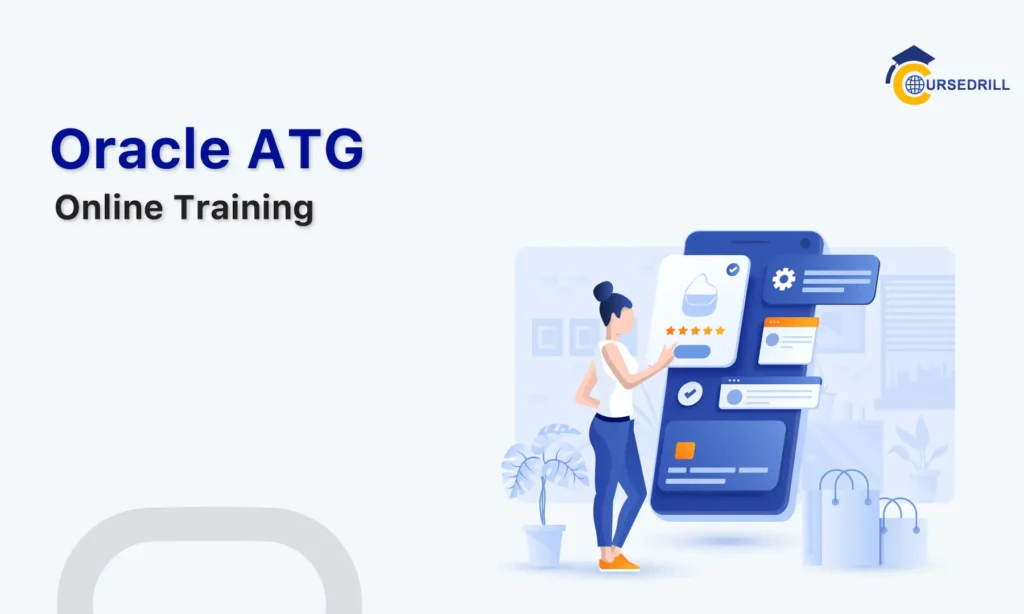- Posted on
- admin
- No Comments
How to Become a Graphic Designer: A Step-by-Step Guide
Do you ever get lost in a beautifully designed poster or website? Do you instinctively analyze why certain logos work? If so, that creative spark inside you might just be the first step to becoming a graphic designer. If you feel that pull towards visual storytelling and want to become a graphic designer, this guide is your starting point.
Cultivate Your Creative Foundation
While technical skills are crucial, your journey begins with nurturing your inherent creativity. Pay attention to the world around you. Analyze the designs you admire and ask yourself what makes them effective. Experiment with different art forms, even if they’re not directly digital. Sketching, painting, and photography are all important in training your eye for composition, color theory, and visual hierarchy, which are fundamental to graphic design. This exploration can help you develop your unique visual style.
Master the Essential Design Principles
Familiarize yourself with the core principles of design. Understand the power of balance, the impact of contrast, the flow of hierarchy, the unity of elements, the rhythm of repetition, and the effective use of white space. These principles are the building blocks of strong visual communication, whether you’re designing a website or a brochure.
Embrace the Industry-Standard Software
In today’s digital world, proficiency in industry-standard software is non-negotiable. Adobe Creative Suite like photoshop, Illustrator, and InDesign, is the powerhouse you’ll likely encounter most often. While there are alternatives, mastering these tools will open countless doors. Don’t feel overwhelmed; start with one program at a time. Numerous online tutorials, courses, and resources are available to guide you through the learning process. Dedicate time to practice and experiment.
Build a Portfolio That Shines
Your portfolio is your visual resume. It’s what will showcase your skills and style to potential clients or employers. Start working on personal projects, create mockups for brands you admire, or offer your design skills to non-profits to build your portfolio. Try designing Printable sticker designs on Canva for unique portfolio pieces. Focus on quality over quantity. Each piece should demonstrate your understanding of design principles and your technical proficiency. If you’re looking to become a master graphic design in Kuwait, consider exploring online portfolio platforms to showcase your work globally.
Seek Out Learning Opportunities
The world of graphic design is constantly evolving. It’s full of new trends and emerging technologies. While many designers are self-taught, pursuing a graphic design degree provides a structured learning environment and access to valuable resources (e.g. design studios and software). Whether you choose a traditional university or an online program, formal education accelerates your growth and open doors to internships and industry connections.
Embrace a mindset of continuous learning. Consider formal education like pursuing a degree in graphic design. Institutions like AIU offer comprehensive programs with great options like the AIC degree in graphic design. Online courses, workshops, and tutorials are also available resources for honing specific skills or learning new software.
Network and connect with the Design Community
Connect with other designers by attending online or in-person design events, joining online forums and communities, and engaging on social media platforms dedicated to design. Networking can provide valuable insights, mentorship opportunities, and even job leads. Building relationships within the design community is crucial for your growth.
Specialize and Find Your Niche
As you gain experience, you might discover a particular area of graphic design that truly excites you. Whether it’s branding, web design, illustration, packaging, or motion graphics. Specializing can help you develop deeper expertise and make you more marketable. However, when you’re starting, it’s beneficial to have a broader skill set.
Endnote
Becoming a graphic designer is a journey that requires dedication, passion, and continuous learning. Embrace the challenges, celebrate your progress, and never stop creating. With the right skills, a strong portfolio, and a proactive approach, you can carve out a successful and fulfilling career in the dynamic world of visual communication. If you’re serious about pursuing this path, exploring academic options can provide a solid foundation for your future.
Popular Courses



